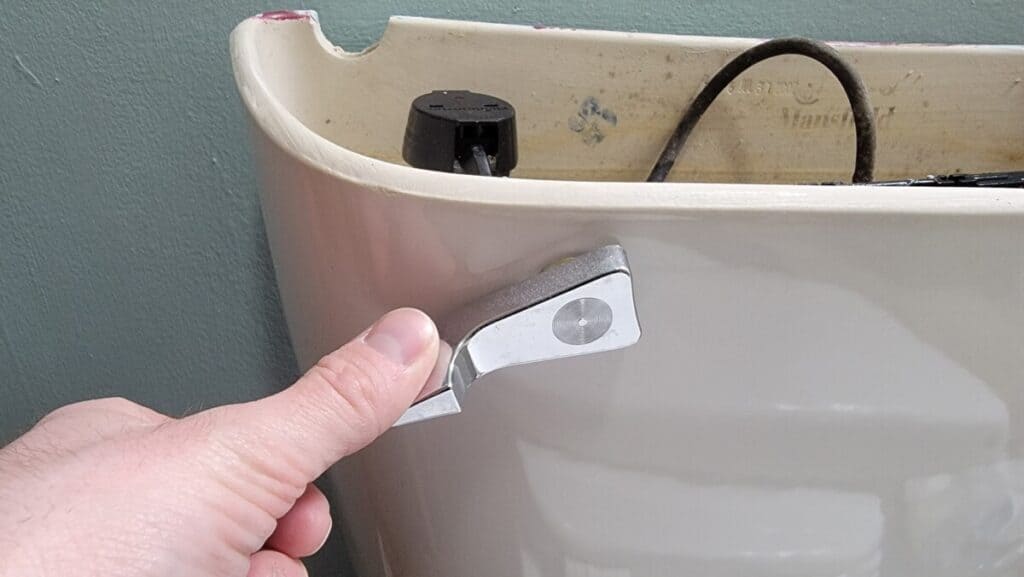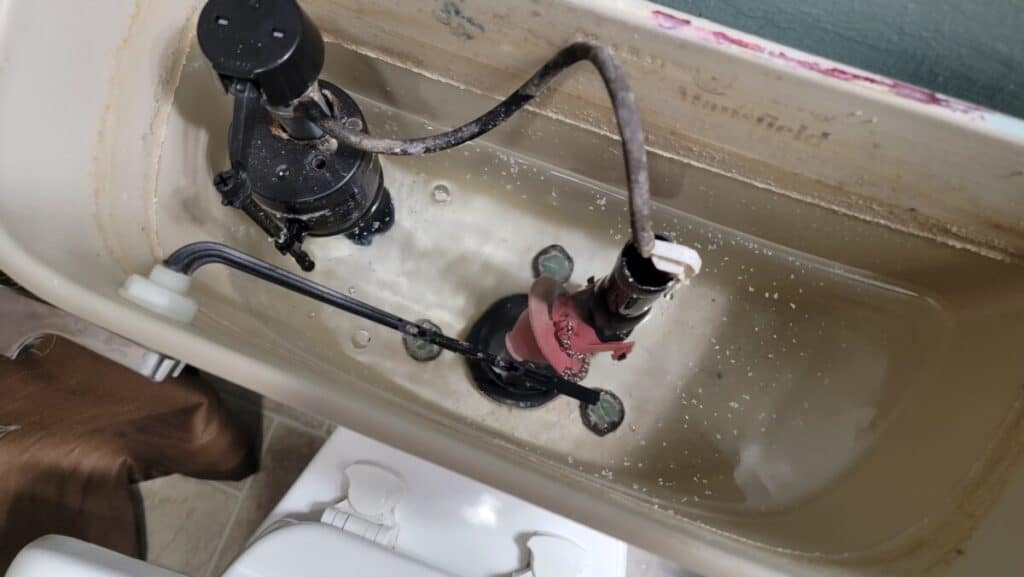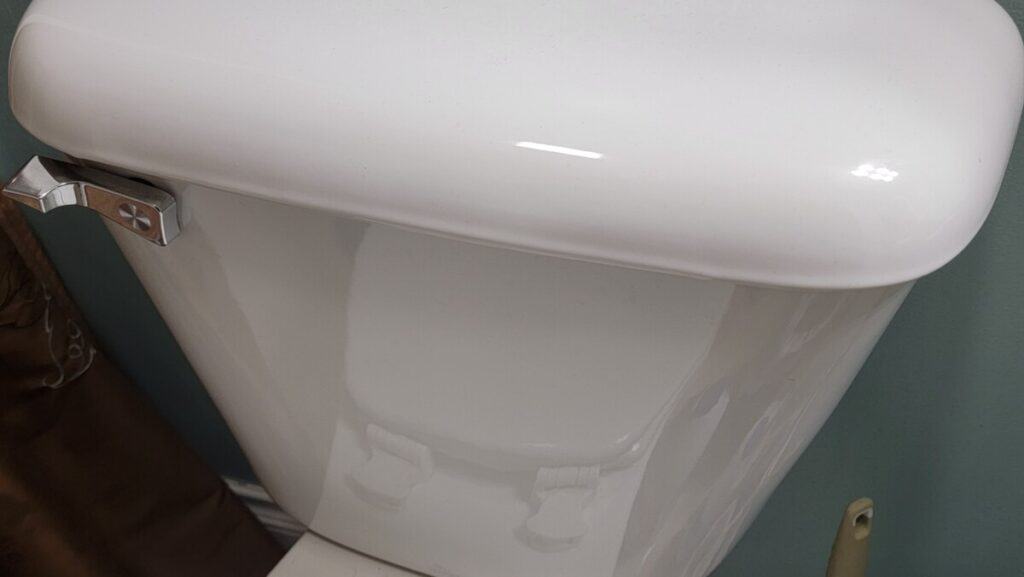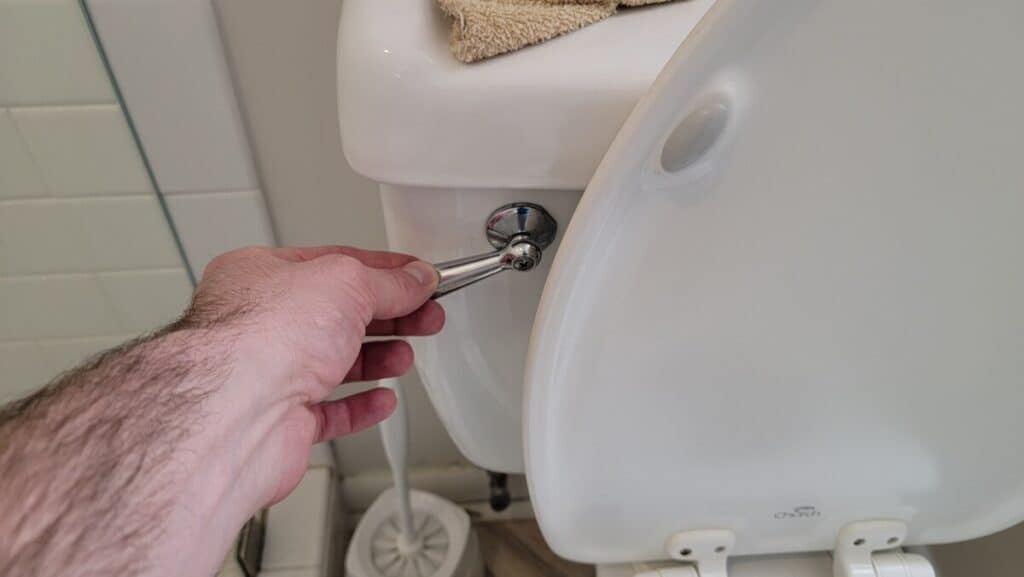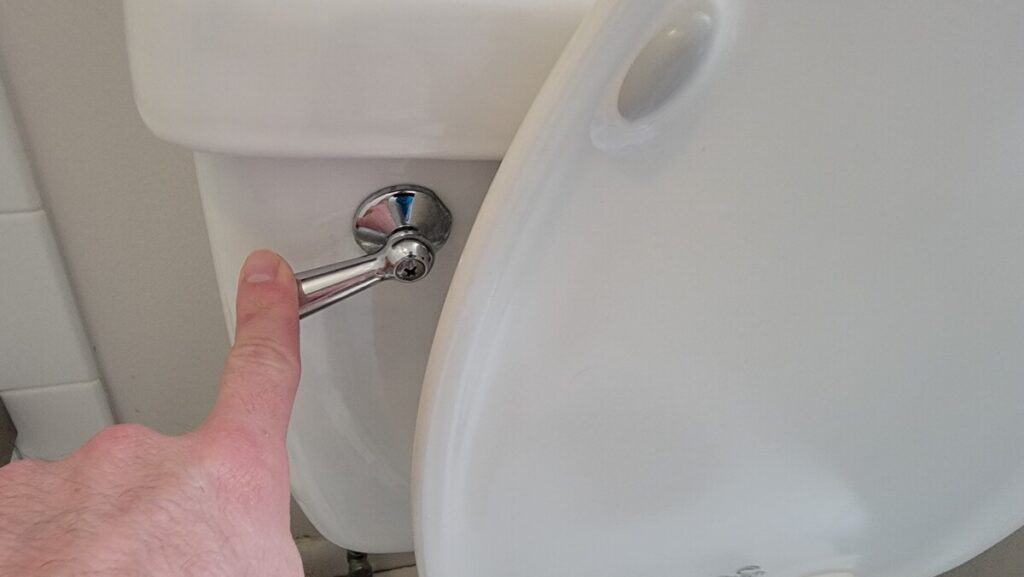Water-Efficient Toilet Types, Features, Install & Cost
When it comes to conserving water in your home, one of the most significant changes you can make is upgrading your toilet.
With various water-efficient toilets available on the market, it can be challenging to decide which one best suits your needs. I worked maintenance for a company for 10 years that had various types of toilets, from low flush to dual flush, and I’m just going to share what you can expect based on my experience.
In this article, we’ll discuss five types of water-efficient toilets: standard, low flow, dual flush, pressure-assisted, and composting toilets. We’ll compare their costs, water usage, installation considerations, and electricity dependence to help you make an informed decision.
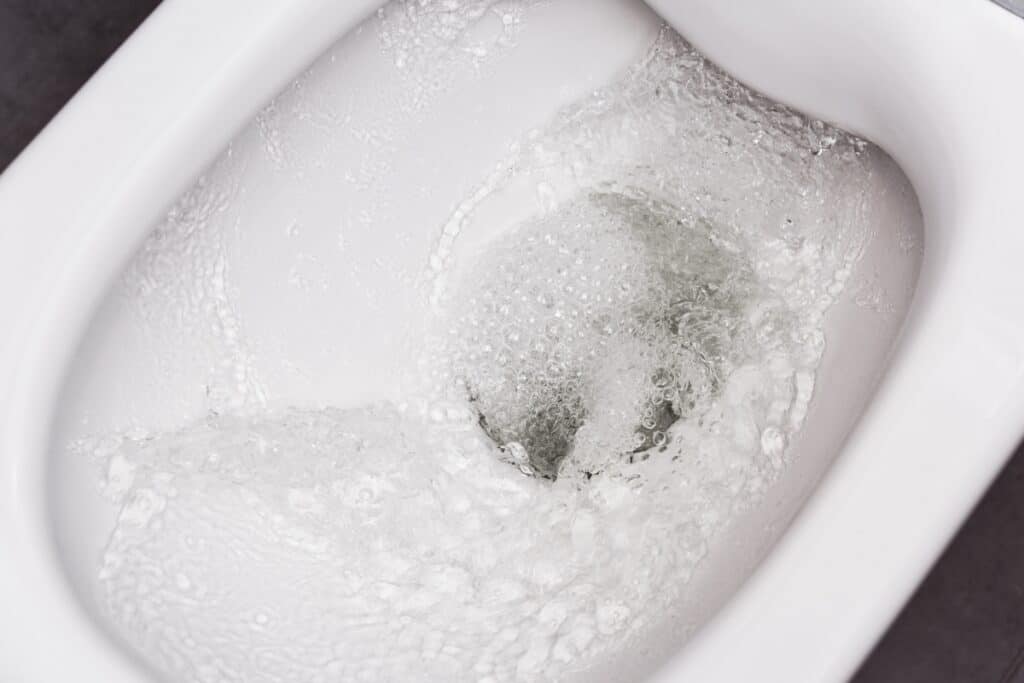
Quick Breakdown Between Toilet Types Based On Water Usage
| Toilet Type | Water Usage (gallons per flush) | Average Cost | Example Makes & Models |
|---|---|---|---|
| Standard (Older) | 3.5 – 5.0 | $100 – $300 | |
| Low Flow (Most Newer Models) | 1.28-1.6 | $200 – $500 | TOTO Drake II, American Standard Cadet 3 |
| Dual Flush | 0.8 – 1.6 | $250 – $600 | Glacier Bay N2316, Kohler Wellworth |
| Pressure-Assisted | 1.0 – 1.6 | $300 – $700 | American Standard Yorkville, Gerber Ultra Flush |
| Composting | 0 (uses no water) | $1,000 – $2,000 | Nature’s Head, Sun-Mar Excel |
Standard Toilets
- Cost: $100 – $300
- Water Usage: 3.5 – 5.0 gallons per flush
- Installation: Easy to install, similar to conventional toilets
- Electricity: Not required
While standard toilets are not the most water-efficient option, they are more efficient than older models. These toilets are affordable and easy to install, making them a practical choice for homeowners on a budget.
Low Flow Toilets
- Cost: $200 – $500
- Water Usage: 1.28-1.6 gallons per flush
- Installation: Similar to standard toilets, relatively easy
- Electricity: Not required
Low flow toilets use less water than standard models, making them more eco-friendly. They function like conventional toilets but have a redesigned bowl and trapway to improve water flow. These are the most commonly found toilets in most homes.
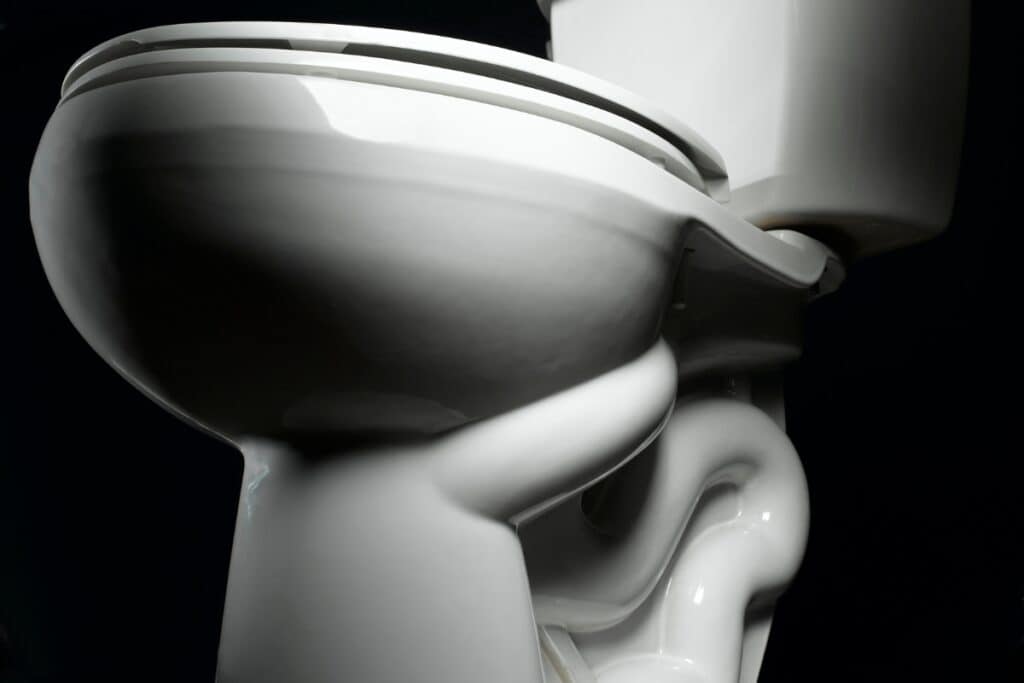
Dual Flush Toilets
- Cost: $250 – $600
- Water Usage: 0.8 – 1.6 gallons per flush (depending on the type of flush)
- Installation: Similar to standard toilets, relatively easy
- Electricity: Not required
Dual flush toilets offer two flushing options: a half flush for liquid waste and a full flush for solid waste. This feature allows users to conserve water by only using the necessary amount.
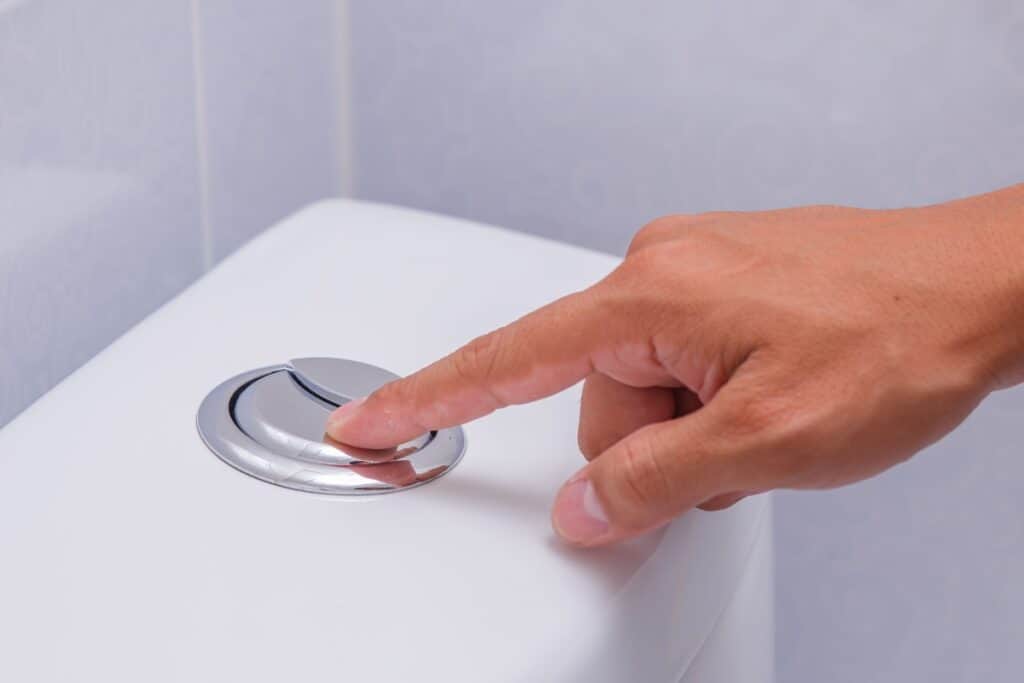
Pressure-Assisted Toilets
- Cost: $300 – $700
- Water Usage: 1.0 – 1.6 gallons per flush
- Installation: Requires a connection to a pressurized water supply
- Electricity: Not required
Pressure-assisted toilets use air pressure to force water into the bowl, resulting in a powerful flush. These toilets require a connection to a pressurized water supply, making installation slightly more complicated than standard toilets.
Composting Toilets
- Cost: $1,000 – $2,000
- Water Usage: 0 gallons (uses no water)
- Installation: Requires proper ventilation and space for the composting unit
- Electricity: Some models require electricity for fans and heaters
Composting toilets are the most eco-friendly option, as they do not use water. Instead, they turn human waste into compost. Installation can be more complex, as proper ventilation and space for the composting unit are necessary. Some models also require electricity to operate fans and heaters.
Important Takeaways
When choosing a water-efficient toilet, consider factors such as cost, water usage, installation, and electricity requirements. Remember, investing in a water-efficient toilet not only benefits the environment but can also save you money on your water bill in the long run.
By understanding the differences between these five types of toilets, you can make an informed decision that best suits your needs and preferences.




